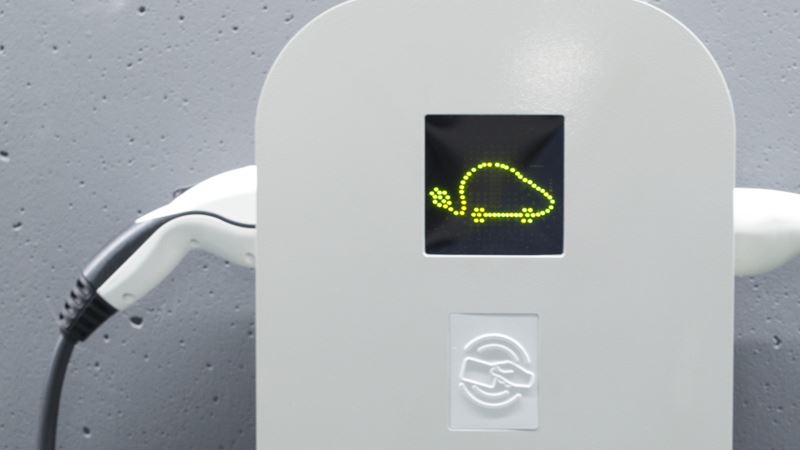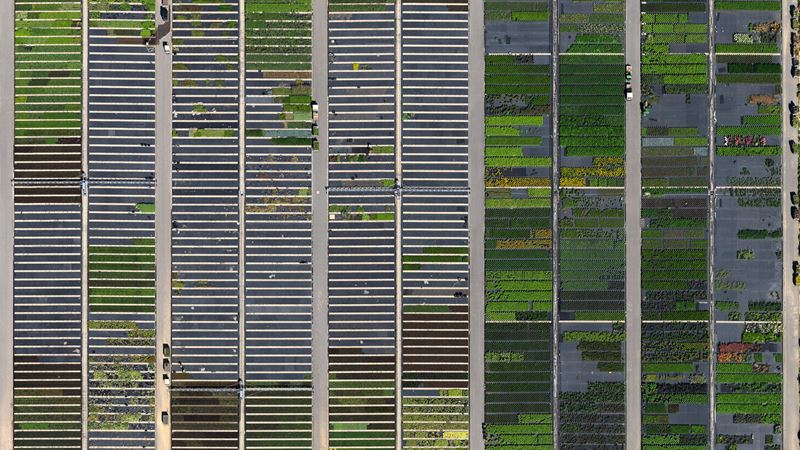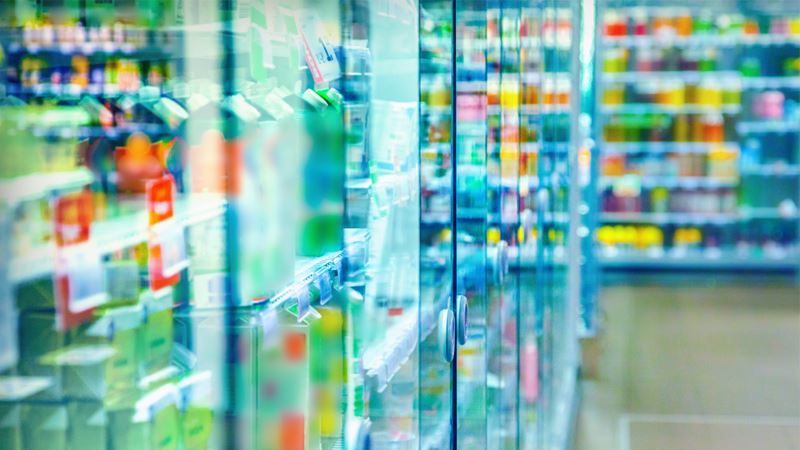Answer truthfully: do you disconnect your television and other electrical devices every evening before you go to sleep? Or do you leave all the devices on stand-by? When it comes to reducing pollution and achieving the international climate goal, the rise of renewable energy sources such as solar and wind energy is grabbing a lot of headlines. ‘But in the short term, much more progress can be made by using the available energy more efficiently than by switching to cleaner sources’, says Luciano Diana, fund manager of the Global Environmental Opportunities strategy.
What a waste
In Europe, households represent a quarter of the total energy consumption1. A significant part of that energy use is wasted the moment we fall asleep in front of the television, switch on the vacuum cleaner before we move the furniture aside or forget to lower the thermostat when we leave the house. ‘Changing our daily patterns is often easier said than done’, explains Diana. ‘Yet it is only a matter of time before many households start to use energy more efficiently. This shift is not driven by a change in mentality, but by technological progress.’
The building of the future
Large real estate companies are at the forefront of this movement, explains Diana. ‘For these companies, a great way to improve the bottom line is to reduce energy costs. There are also additional advantages to developing and exploiting cleaner and more energy efficient buildings. Figures from the World Green Buildings Council2 show that the rental income is higher as a building becomes more sustainable. The shift to houses and buildings that use energy more efficiently is not only driven by financial returns, but by new regulations and environmental awareness. The shift to more energy efficient buildings is gaining more momentum.’
Important legal information
This marketing material is issued by Pictet Asset Management (Europe) S.A.. It is neither directed to, nor intended for distribution or use by, any person or entity who is a citizen or resident of, or domiciled or located in, any locality, state, country or jurisdiction where such distribution, publication, availability or use would be contrary to law or regulation. The latest version of the fund‘s prospectus, Pre-Contractual Template (PCT) when applicable, Key Information Document (KID), annual and semi-annual reports must be read before investing. They are available free of charge in English on www.assetmanagement.pictet or in paper copy at Pictet Asset Management (Europe) S.A., 6B, rue du Fort Niedergruenewald, L-2226 Luxembourg, or at the office of the fund local agent, distributor or centralizing agent if any.
The KID is also available in the local language of each country where the compartment is registered. The prospectus, the PCT when applicable, and the annual and semi-annual reports may also be available in other languages, please refer to the website for other available languages. Only the latest version of these documents may be relied upon as the basis for investment decisions.
The summary of investor rights (in English and in the different languages of our website) is available here and at www.assetmanagement.pictet under the heading "Resources", at the bottom of the page.
The list of countries where the fund is registered can be obtained at all times from Pictet Asset Management (Europe) S.A., which may decide to terminate the arrangements made for the marketing of the fund or compartments of the fund in any given country.
The information and data presented in this document are not to be considered as an offer or solicitation to buy, sell or subscribe to any securities or financial instruments or services.
Information, opinions and estimates contained in this document reflect a judgment at the original date of publication and are subject to change without notice. The management company has not taken any steps to ensure that the securities referred to in this document are suitable for any particular investor and this document is not to be relied upon in substitution for the exercise of independent judgment. Tax treatment depends on the individual circumstances of each investor and may be subject to change in the future. Before making any investment decision, investors are recommended to ascertain if this investment is suitable for them in light of their financial knowledge and experience, investment goals and financial situation, or to obtain specific advice from an industry professional.
The value and income of any of the securities or financial instruments mentioned in this document may fall as well as rise and, as a consequence, investors may receive back less than originally invested.
The investment guidelines are internal guidelines which are subject to change at any time and without any notice within the limits of the fund's prospectus.
The mentioned financial instruments are provided for illustrative purposes only and shall not be considered as a direct offering, investment recommendation or investment advice. Reference to a specific security is not a recommendation to buy or sell that security. Effective allocations are subject to change and may have changed since the date of the marketing material.
Past performance is not a guarantee or a reliable indicator of future performance. Performance data does not include the commissions and fees charged at the time of subscribing for or redeeming shares.
Any index data referenced herein remains the property of the Data Vendor. Data Vendor Disclaimers are available on assetmanagement.pictet in the “Resources” section of the footer.
This document is a marketing communication issued by Pictet Asset Management and is not in scope for any MiFID II/MiFIR requirements specifically related to investment research. This material does not contain sufficient information to support an investment decision and it should not be relied upon by you in evaluating the merits of investing in any products or services offered or distributed by Pictet Asset Management.
Pictet AM has not acquired any rights or license to reproduce the trademarks, logos or images set out in this document except that it holds the rights to use any entity of the Pictet group trademarks. For illustrative purposes only.


